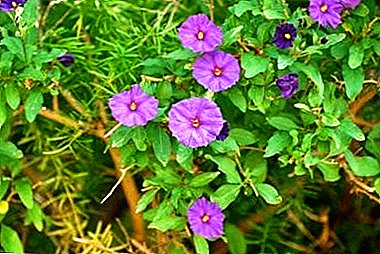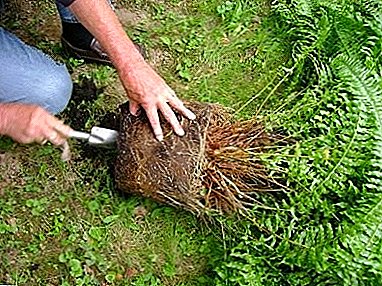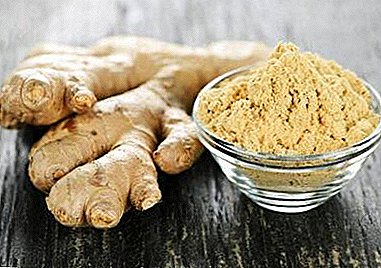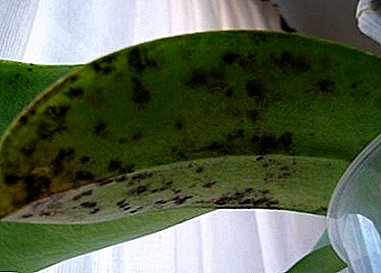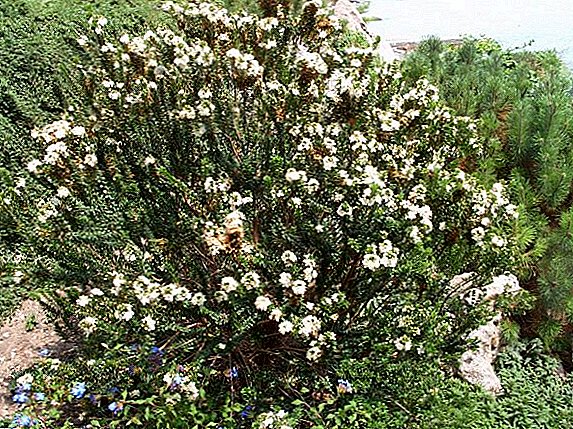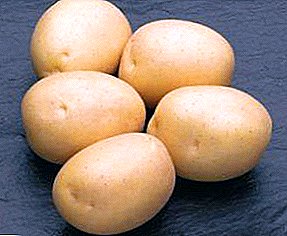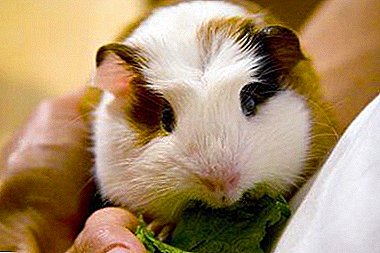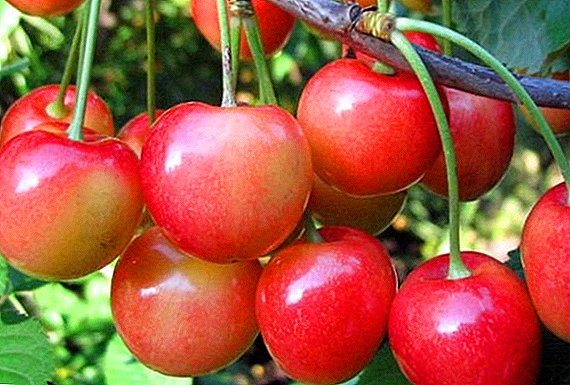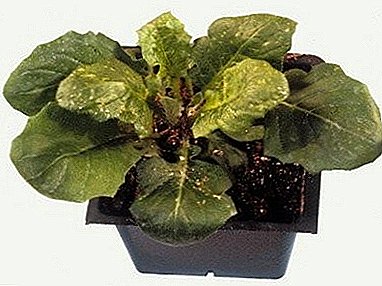
Gerbera came to us from Africa and gained enormous popularity. Its large bright flowers, similar to large daisies and asters, look beautiful in any home.
Gerbera diseases and problems
A capricious and demanding African woman is very often sick and languishing. There are many reasons for this, but they are all somehow connected with improper care. If the plant will not receive all that it needs for development, it is at best. will not bloom, and in the worst will perish.
Gerbera fades
If the flower stops growing, it slowly loses its turgor of leaves and stems, which means that the irrigation regime is broken.
Excessive watering and stagnant moisture manifested by non-drying heavy earth, on the surface can be pools. It is necessary to remove the plant with a lump of soil and wrap it with dry newspapers in order to absorb excess water. If necessary, newspapers change several times. At the bottom lay a good drainage layer.
Worst of all, if the fungus that causes various rot has joined.
In this case, on the leaves, stalks suspicious spots appear gray or black color. The ground must be completely replaced, the pot should be disinfected in a strong solution of potassium permanganate, and the plant should cut all the affected parts to healthy tissue. Powder powder with activated charcoal or wood ash. After transplantation, the plant is treated with fungicides such as Rovral, Fundazole, Oxyhoma, Acrobat.
Leaves dry

- A very common problem of gerberas, which occurs for several reasons.
- Critical lack of light. The plant should receive lighting at least 13 hours a day, in the winter it is illuminated artificially. When this is not, the leaves first turn pale, and then dry and fall off.
- The lack of moisture in the air and soil. In the summer dry months, gerbera must be sprayed every day and water more often!
- Stagnation of water in the ground and its subsequent souring. This happens if the soil in the pot has become dense and does not let moisture into the pan or there is no drainage. Substrate should be replaced by a more light and permeable, put pebbles in a layer of 1-2 cm at the bottom.
- The use of organic fertilizer for gerbera fertilizer - both surplus and lack, has a detrimental effect on the leaves.
- The development of fusarium. The fungus causes dangerous changes that can lead to death. The leaves turn yellow at first, then dry, the shoots become thinner, and the root neck rots, becoming covered with brown spots. The treatment is carried out with a concentrated solution of potassium permanganate and fungicides, with strong lesions, you can try to root healthy stems.
Why do gerberas turn yellow and dry leaves?
The blunders of most flower growers - gerbera transplant immediately after purchase. In order for the plant not to experience stress, as a result of which the foliage will begin to change color, it must live a quiet couple of weeks. When living conditions change drastically, it is worthwhile to leave the flower at least an old pot.
Even so, an African can signal excessive soil moisture. The leaves of the flooded plant begin to lose elasticity and chlorophyll, turning yellow and fading.
The third reason is any fungal diseases. For treatment, the affected parts are cut, the soil is replaced with a new one, and the treatment is carried out with systemic fungicides - Previkur, Ordan, Profit Gold, Acrobat, Early.
White spots on Gerbera leaves
The main sign of fungal diseases such as powdery mildew and white rot.
Mealy dew

Covers leaf surface with white bloom that looks like spilled flour. A distinctive feature - it is easily erased by rolling into a roll. If you do not fight, soon the whole plant will be covered with white "starch" and stay in development.
The next stage - the white color will change to purple, the leaves will begin to dry out and fall off. As a result, the flower will die.
To combat pathogenic fungus use systemic fungicidal drugs - Scor, Topaz, Previkur.
White rot
With constantly high humidity on the gerbera can attack white fungus rot. It provokes the formation of light blots of different sizes and loss of color on the leaves. In the next step, the infected tissues begin to rot.
All suspicious and diseased areas of the plant treated with a mixture of potassium permanganate and chalkSeverely infected parts are eliminated. The plant is sprayed with copper preparations - blue vitriol, Abiga-Peak, Bordeaux mixture, Oxyhom.
Gerbera Pests
Aphid
Sucking parasites small size. They have an elongated rounded body of brown, green or black color and long, thin legs. Most of the individuals are inactive, but strongly fertile. In a short time numerous colonies are formed, quickly destroying plants. The development of the gerbera stops, the ground parts begin to turn yellow and dry, new leaves grow small and deformed. Flowering stops, leaves spin.
To combat them, apply Agravertin, Aktar, Actofit, Vertimek, Intavir, Bankol, Spark Double effect.
Shchitovka
Pests of the horned family. They have an oval body, fully enclosed on top of a dense shield of waxy consistency. Adults are sedentary, they stick to the leaf and pull out of it juices. When attacking shinovok, the plant is covered with convex plaques that are difficult to knock off with your fingers.
In places of defeat necrotic spots are formed. Plant starts to hurt, wither, ceases to bloom and release new leaves.
Contact insecticides are powerless against the scarab, covered with a dense shell. Against them, the systemic and intestinal agents are used, such as Actellic, Biotlin, Bankol, Aktara, Konfidor Extra.
Whitefly

Cute little butterflies resembling a mole. Their wings are covered in a waxy snow-white patina, similar to starch. The larvae feed on plant sap and leave sticky secretions, which attract sooty fungus.
Butterflies actively carry many viruses. As a result of their activity, deformation of leaves, buds and flowers occurs, the stems cease to grow.
In order to completely get rid of the harmful insect, the plant is processed several times using the following insecticides: Kinmiksa, Aktar, Admiral, Oberon, Vertimek.
Spider mite
Microscopic parasites that feed on sap. Themselves imperceptible to the eye, leave very characteristic traces - a thin cobweb, covering different parts of the gerbera. In addition, small point necrosis appears on the leaves, which gradually increase and begin to merge. The leaves wither and fall, flowering stops, the stems become bare.
Plant is recommended wash with a solution of soap and soda, tear off all damaged leaves and spray one of the acaricides. Usually use Sunmite, Actellic, Apollo, Oberon, Nissoran.
How to reanimate dying gerbera?
Did you get a practically naked plant in poor condition? Wait a minute! Gerbera - surprisingly tenacious plant, able to be reborn from almost nothing!
First of all it is necessary transplanted into the right soil - very light and loose, with good water and air permeability, with an acidic reaction. The bottom of the pot lay a layer of pebbles for drainage. Before landing required to carefully examine the root system and remove all dried and rotted roots. To powder the rest with wood ash - such a measure will destroy pathogenic fungi and mold. Slightly dried roots, the plant is planted in a pot with a substrate. Capacity should not be large and wide, the open spaces of the roots are not needed.
Further care is the correct mode of irrigation, mineral fertilization with iron and regular spraying of the ground part of the gerbera.
If you comply with all the conditions necessary for her life, an African beauty is sure flourish bright colors!
A photo
Next you can see photos of diseases and care at home for room gerberas:




- Kinds
- Bloom
- Garden Gerbera
- Landing
- Gerbera breeding


